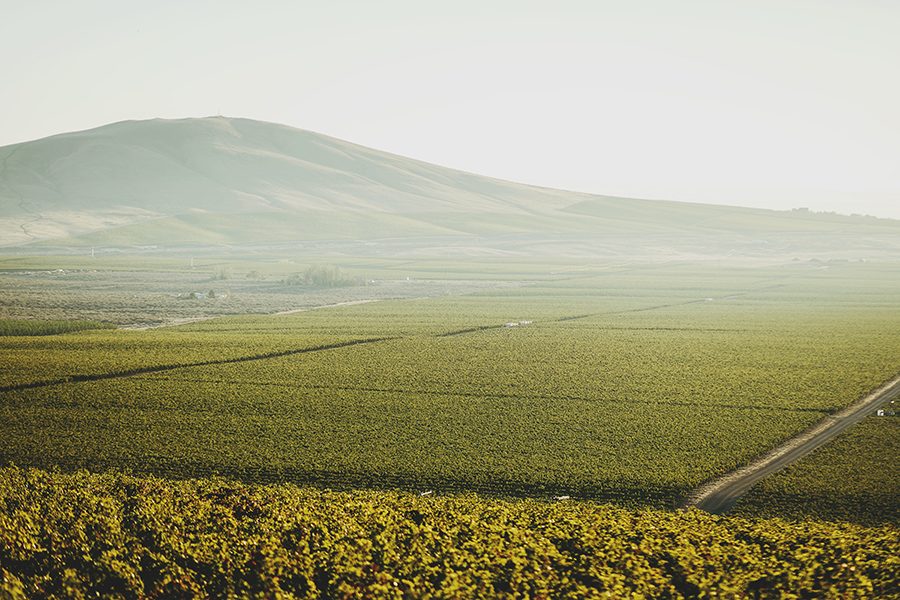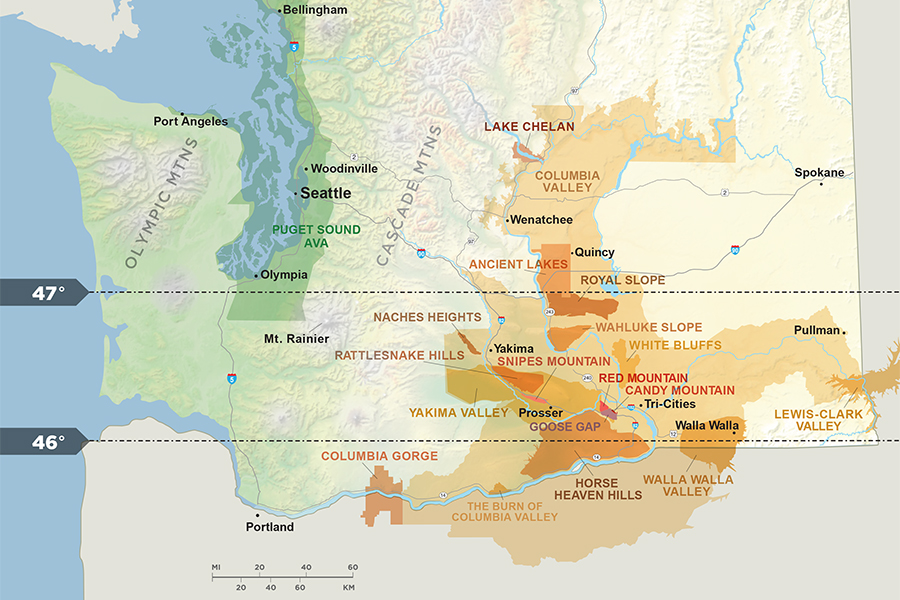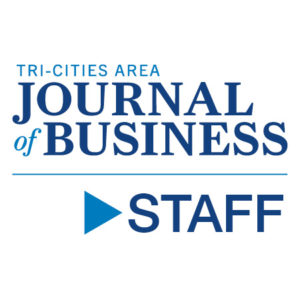
Home » Benton County is home to the state’s newest viticultural area
Benton County is home to the state’s newest viticultural area

July 14, 2021
Washington’s 19th American Viticultural Area becomes official on Aug. 2.
Goose Gap AVA, which lies within Benton County and two existing AVAs, offers winemakers the opportunity to identify it as the source of their grapes on labels under federal rules.
The Alcohol and Tobacco Tax and Trade Bureau approved the newest AVA on July 1. It takes effect after 30 days.
Alan Busacca petitioned for the new viticulture area on behalf of the Goose Gap Wine Growers Association.
Goose Gap is within the existing Yakima Valley AVA and Columbia Valley AVA. It contains 8,129 acres and has one winery, Goose Ridge Winery, and two commercial vineyards that collectively cover more than 1,800 acres.
In 2017, the two vineyards harvested more than 7,000 tons of grapes and the winery produced about 50,000 cases of wine from those grapes.
The new AVA allows the vineyards and winery to better describe the origin of their wines, according to a 2020 announcement in the Federal Register that summarized the application.
“Our family started farming in the Columbia Valley in the early 1900s and we always knew Goose Gap was a special site,” said Bill Monson, president of Goose Ridge Estate Vineyards & Winery. “This area has a unique microclimate. We often watch rain clouds and fog maneuver around Goose Mountain avoiding the vineyards planted at the top.”

Goose Gap is distinguished by its geology and soils. It has a similar climate to the nearby Red Mountain AVA, according to the petition.
Goose Gap takes its name from the saddle or gap of land between Goose Hill and Candy and Badger mountains, which are to the east and southeast.
The name appeared in a 1965 U.S. Geological Survey quadrangle map but is thought have been in use much longer. The journal Forest and Stream described goose hunting at “Goose Gap” in a 1904 article, a reference to the gap geese fly through between the sand bars of the Columbia River and the Horse Heaven feeding grounds.
Goose Gap and Goose Hill together form part of a single folded and faulted block of the underlying Columbia River basalt, which is part of a series of folded hills and valleys collectively known as the Yakima Fold Bent.
The AVA designation will allow winemakers to include “Goose Gap” on labels. Under federal regulations, a wine labeled with the name of an AVA must contain 85% of its grapes from that area.
The new AVA does not affect the ability of winemakers from using “Yakima Valley” or “Columbia Valley” as an appellation of origin or in brand names for their wines.
Local News Hospitality & Tourism
KEYWORDS july 2021





